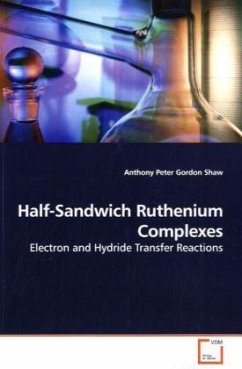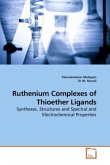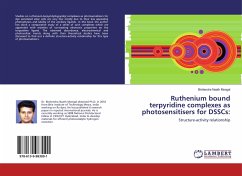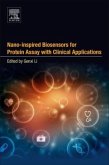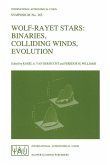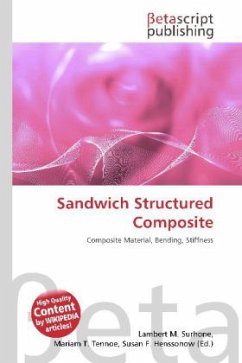Half-sandwich ruthenium complexes are catalysts for many organic transformations. Such complexes, especially those with hydride ligands, have been used as ionic hydrogenation catalysts. A better understanding of the electron and hydride transfer reactions of these complexes is necessary for the development of new and improved catalysts. In this book, a brief review of half-sandwich ruthenium complexes as catalysts is followed by an introduction to ionic hydrogenation. The electron transfer reactions of ruthenium thiolate, thiol, and amine complexes are discussed. The electrochemistry and reactivity of hydride complexes, particularly those containing metallocene-based bisphosphine ligands, is a focus of the book. Finally, applying the insight contained in the previous chapters, the author shows how regiochemical control can be obtained in ionic hydrogenation reactions. The first regioselective catalytic ionic hydrogenation of a simple pyridinium cation is described. This book should be useful for academic researchers concerned with catalyst design and mechanism, and also for industrial chemists in search of new hydrogenation methodologies.

